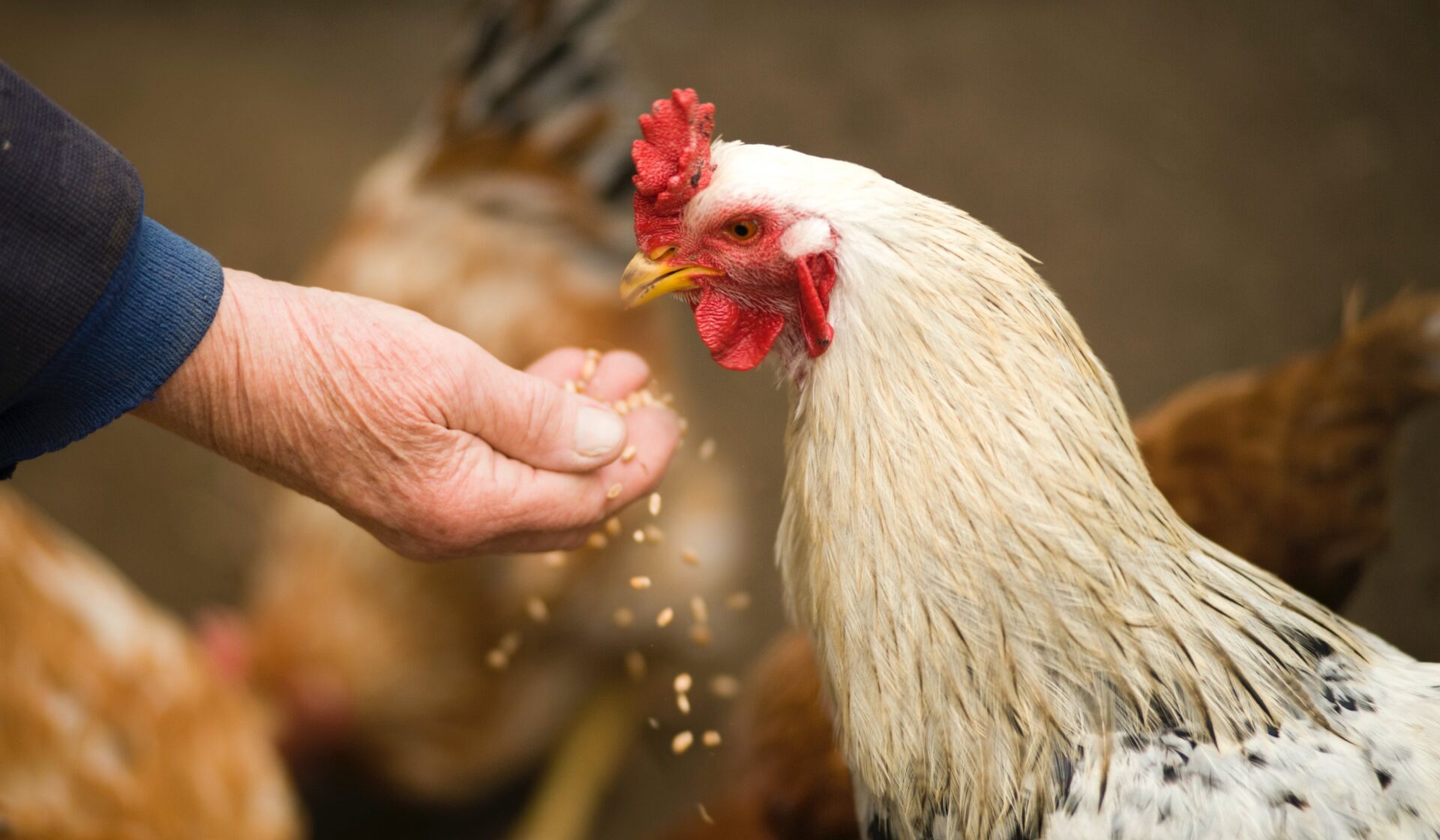Scientists have uncovered that a person can identify with 69 per cent accuracy if a call is from a happy or frustrated bird, which could help breeders improve the welfare of their flocks.
According to a new study, people can tell if chickens are happy or frustrated from audio cues.
It found that humans are surprisingly good at discerning the bird’s calls, able to identify with 69 per cent accuracy the difference between a satisfied cluck and a disgruntled one.
To reach this conclusion, scientists at the University of Queensland played recordings to nearly 200 volunteers of hens in two conditions: when they were given a treat and when there was no reward.
Participants answered correctly in 69 per cent of cases and, to the surprise of researchers who thought more experienced farmers may be better attuned to chickens’ emotions, their level of previous interaction with the birds had no impact on their level of detection.
‘People involved in chicken husbandry can identify the emotional state of the birds they look after, even if they do not have prior experience,’ says professor in veterinary epidemiology and senior author, Joerg Henning.
‘This is a remarkable result and further strengthens evidence that humans have the ability to perceive the emotional context of vocalisations made by different species.’
What Henning refers to is the existing knowledge that people can understand the moods of dogs, chimps, and pigs by listening to their noises.
The findings also build on recent research suggesting that humans around the world can interpret emotions in the calls of a vast range of animals from giant pandas and alligators to tree frogs and ravens, leading scientists to suspect that terrestrial vertebrates share an emotional vocal signalling system, which is in line with Darwin’s thinking.
Now that the theory that many animals share in how they express their feelings has been extended to poultry, the hope is that it could assist breeders with improving the welfare of their flocks and ensuring a high quality of life for the birds.
This is because it paves the way for acoustic monitoring of flocks using artificial intelligence to gauge the disposition in the coop and alert farmers when their hens aren’t content.
‘If future research could identify specific acoustic cues that predict how humans rate arousal in chicken calls, these results could potentially be used in artificially intelligent (AI) based detection systems to monitor vocalisations in chickens,’ reads the paper.
‘Furthermore, if such vocalisation monitoring was reliable, it would provide a convenient and cost-effective way to enhance welfare assessment methods in the commercial chicken production industry.’

















